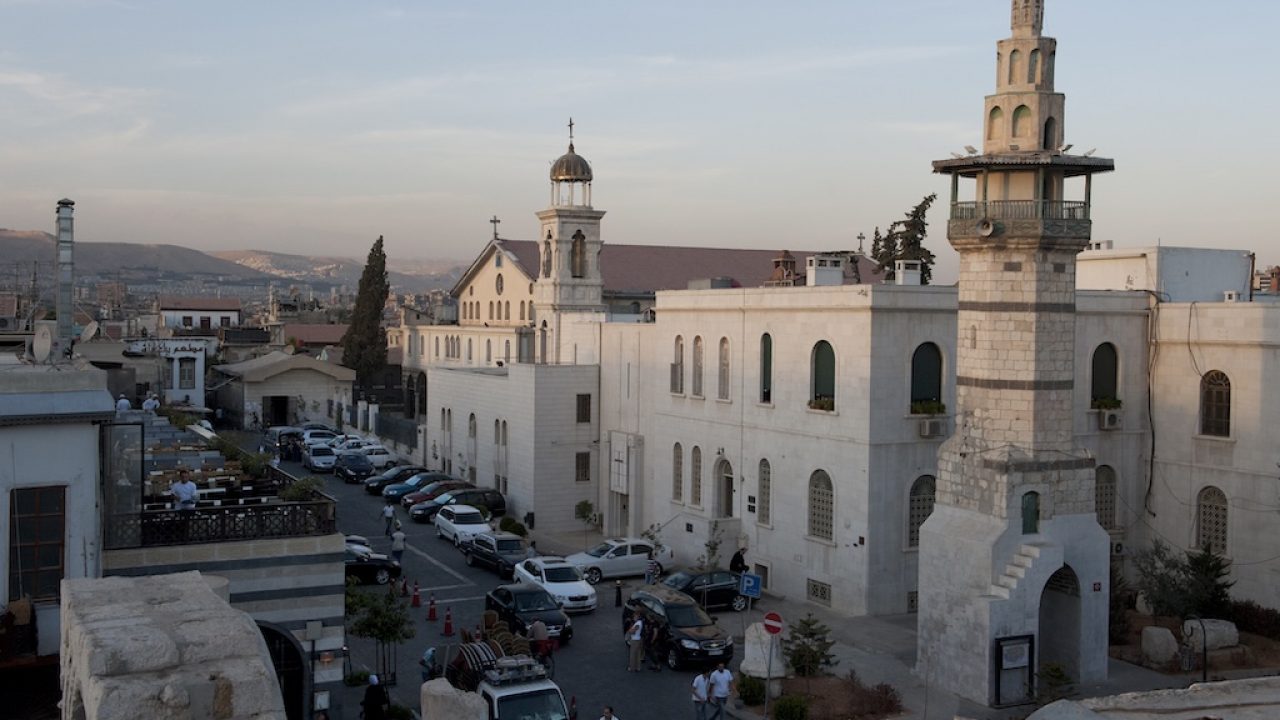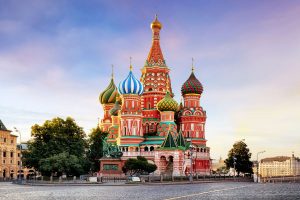
Wikimedia Commons: Dossemen
Fazal Ahmad, London, UK
Location: Damascus, Syria
Belief: Christianity
Era: 4th Century CE
The Mariamite Cathedral of Damascus is one of the oldest Greek Orthodox places of worship in Syria. Residing in its capital, sections of this historic church date back to the 4th century CE.
In the early history of the church, major centres were founded in Jerusalem, Alexandria, Rome and Antioch. Damascus fell to the Muslims in 635 CE, and the commander Khalid ibn Walid (ra) established a treaty with the local Syrian Christians and Jews to protect them, their houses and places of worship, provided they showed loyalty to the new administration.
This cathedral was the seat of the Orthodox Church of Antioch, which was central to the missionary journeys of St Paul and St Peter as recorded in the Bible. The centre of this Orthodox community shifted from Antioch to Damascus around 1342 CE.
Interestingly, a famous traveller from Spain named Ibn Jubayr visited Damascus in the summer of 1184 CE and wrote:
‘Inside the city is a church held in great consideration by the Rum (Romans). It is called Mary’s Church, and after the temple in Jerusalem they have none more esteemed than this. It is an elegant structure with remarkable pictures that amaze the mind and hold the gaze, and its spectacle is wonderful indeed. It is in the hands of the Rum, who are never molested within it.’[1]
In periods of civil disturbance, the church faced damage and had to be rebuilt. In 1860 CE, after disturbances between the Druze and Christian communities in Syria, it was rebuilt with red bricks, whilst being funded by Russia. Its most recent renovation was in 1953 CE.
The church also claims to hold relics from John the Baptist (as) (known as Yahya (as) in the Holy Qur’an) and St Paul. It is still active today amongst the Christian faithful of the city.
Syria today is a melting pot of different Christian and Muslim traditions and sects, and is undergoing significant political upheaval. It is hoped that as the country settles again, all religious denominations will be respected and be free to worship, and their places of worship protected.
ENDNOTES
1. R. Broadhurst, The Travels of Ibn Jubayr (New Delhi, India: Goodword Books, 2011), 295-296.
References:
I. Mannheim & D. Winter, Jordan, Syria & Lebanon Handbook (Bath, UK: Footprint Handbooks, 1988).
H. U. Rahman, A Chronology of Islamic History 570 – 1000 CE (London, UK: Ta-Ha Publishers Ltd., 1999).



Add Comment